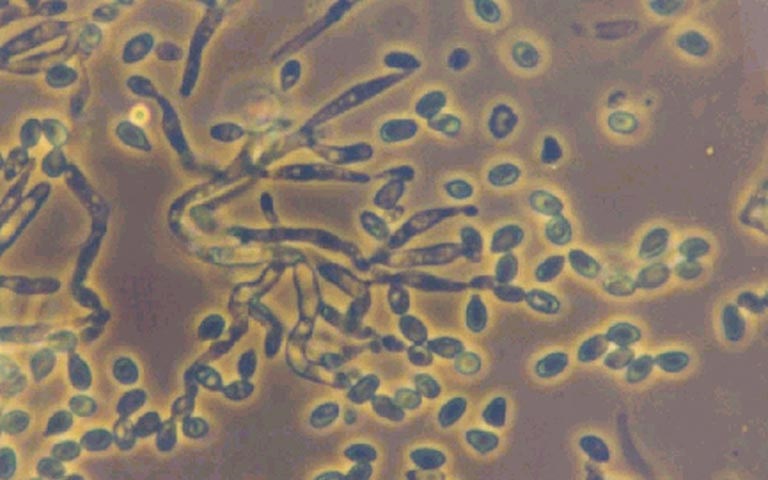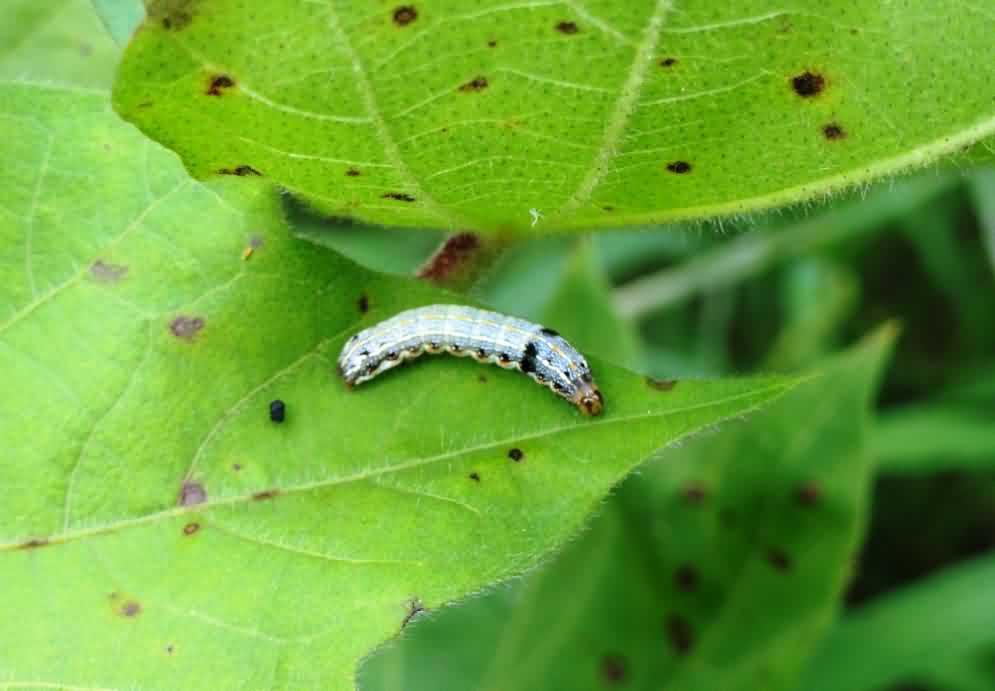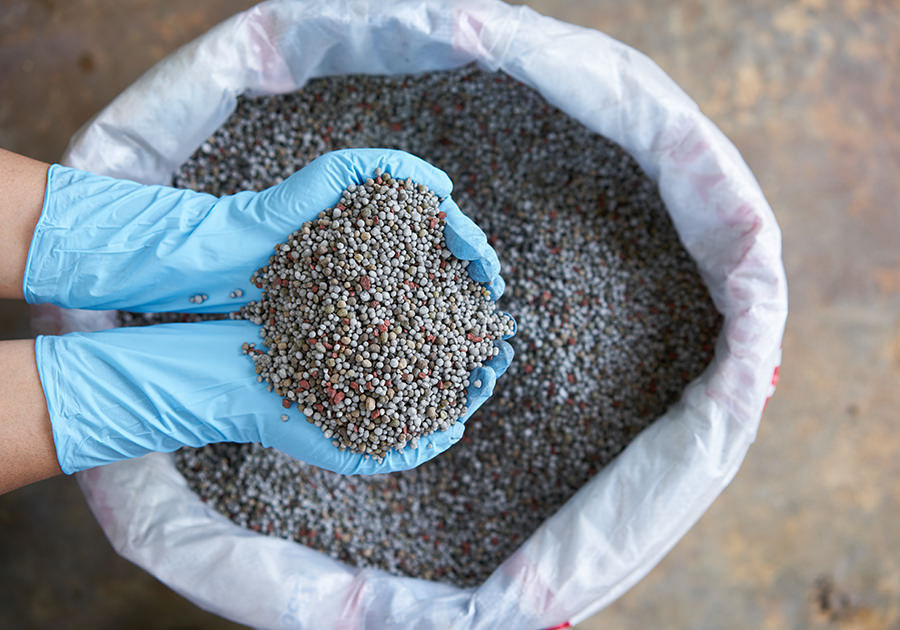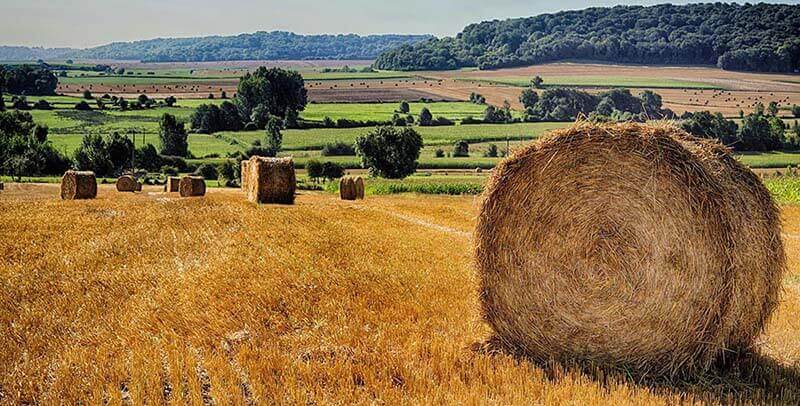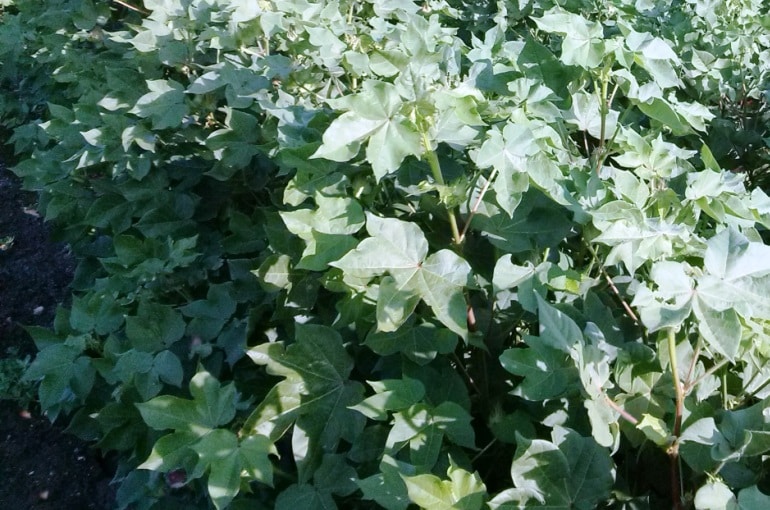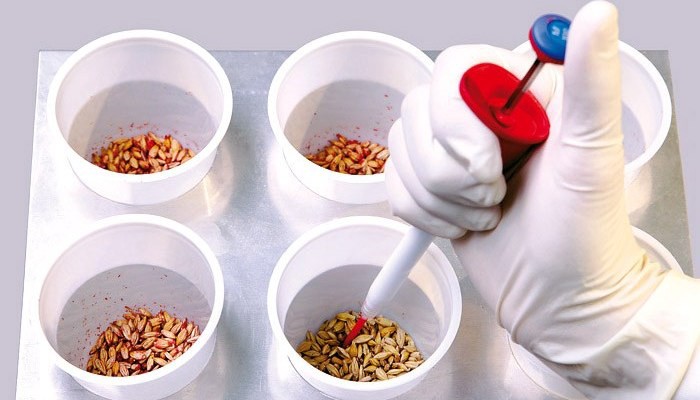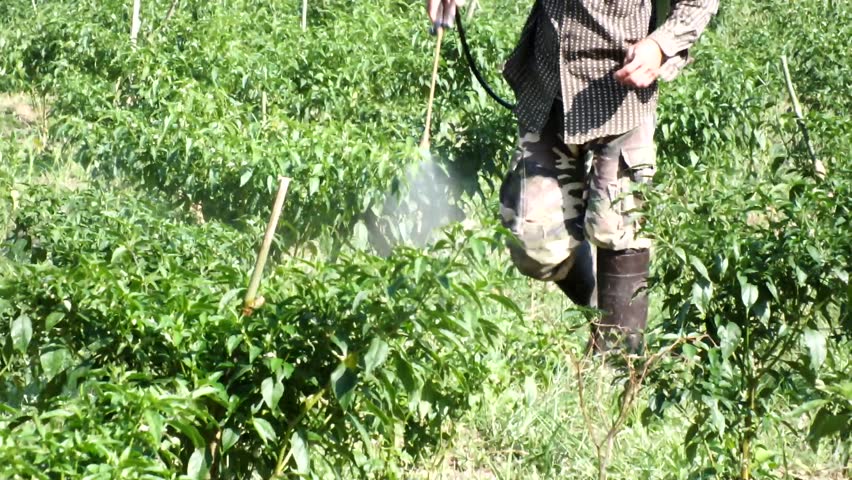- Metarhizium anisopliae is a very useful biological control.
- It is used as an insecticide against white grubs and termites, grasshoppers, planthoppers, aphids, bugs, and beetles, etc. against about 300 insect species.
- It is very important to have the necessary moisture in the field before its use.
- Spores of this fungus germinate on the body of the insect’s insufficient moisture.
- This fundus eats the insect’s body.
- It is used to treat the soil in combination with cow dung manure.
- It can also be used as spraying in standing crops.
Pest and Disease management in early stage of cotton crop
- In the early stage of the cotton crop,there are attacks of many types of insects and fungus. if their prevention measures are taken at the right time, they can be controlled very well.
- for management of fungal diseases use kasugamycin 5 + copper oxychloride 45% WP@ 300 g / acre or Thiophanate methyl 70% WP @ 300 g / acre or kitazin @ 200 g / acre or Trichoderma viride @ 1 kg / acre ( mix with FYM).
- For effective control of insects use Acetate 75% SP @ 300 gm / acre + Monocrotophos @ 400 ml / acre or Imidacloprid 17.8% SL @ 100 ml / acre or Acetaminoprid 20% SP or Bavaria basiana 500 gm / acre.
MP becomes number one state in the country, surpassing Punjab in wheat procurement
Farmers of Madhya Pradesh have achieved great success in wheat production. Madhya Pradesh has set a new record in the wheat procurement process despite Corona global epidemic and nationwide lock down. This was announced by Farmer Welfare and Agriculture Development Minister Kamal Patel himself. Announcing this, he has also congratulated the farmers of the state.
On this subject, the Agriculture Minister said that “Due to the hard work of the farmers, today our state has come at number one in the country in the procurement of wheat. The farmers have produced a lot of wheat this year.” Explain that the Madhya Pradesh government has achieved the first position in the country by earning a record-breaking record of more than 128 lakh metric tonnes of wheat. Earlier, Punjab used to come first in the matter of wheat procurement.
On this glorious success, the Agriculture Minister has congratulated all the farmers of the state and the team of officer-employees who have procured wheat. Minister Shri Patel said that “Madhya Pradesh government has received Krishi Karman Award for 7 consecutive times due to hard work of farmers”. With this, he has expressed confidence that in the future also the farmers of the state will make the state proud in this way.
Source: Madhya Pradesh Agriculture Department
ShareImportance of seed treatment in agriculture
- Control of seed borne Diseases: For control of seed borne diseases in small grain crops, vegetables and cotton seeds, seed treatment is very effective.
- Control of soil borne diseases: The seeds are treated with fungicidal chemicals to protect seeds and young plants from soil borne fungi, bacteria and nematodes, so that the seeds are safe in the ground,and all the chemicals that are used in seed treatment that are makes a covers around the seeds.
- Improves germination: By treating seeds with proper fungicide, their surface is protected from the attack of fungi, which increases their germination capacity.
- Protection from pests: By treating the seed with a suitable pesticide before storage, it also protects the seeds during storage and after sowing. The pesticide was selected based on the type and storage period of the crop.
Use of Decomposers in open field
- When the crop has been harvested from the field, then decomposer should be used. After spraying, keep a little moisture content in the field. Sowing can be done after 10 -15 days of spraying
- use 1 litter/acre decomposer for open field.
- use of decomposer as spray in an open field , it effectively controls many bacterial, fungal and viral diseases that occur in soil.
- Decomposers provide a wide range of nutrients to plants and provide many Organic matter that are very important for maintaining soil fertility and Improves soil physical- chemical properties. Which contributes a lot in crop production.
Farmers’ income will be doubled by Krishi Udaan scheme
The Krishi Udaan scheme was announced in the Union Budget for the year 2020-21 by Finance Minister Nirmala Sitharaman. Through this scheme, farmers will be assisted in the transportation of agricultural products. Through this scheme, perishable products like milk, fish, meat, etc. will be transported to the market via air at the right time. This will enable farmers to get higher prices for their products. Farmer brothers can apply online for this scheme.
Online application process
To join this scheme, farmers have to be registered. To register, first, go to the official website of the Department of Horticulture or Food Processing. Click on the link for Krishi Udaan Scheme present here. Read the guidelines given about the scheme and proceed. Then the online registration form will open. Fill the documents information here and submit them at the end.
ShareWeed Management in Cotton
- Weeds begin to emerge after the first rain in cotton.
- Do the hand weeding.
- Quizalofop ethyl 5% EC @ 400 ml / acre for narrow leaf.
- Pyrithiobac sodium 10% EC + quizalofop ethyl 5% EC @ 400 ml / acre 3-5 days after first rain.
- When the crop is small, spray it on the soil surface to avoid the crop) Use a hook on the pump.
Method of seed treatment
Seed treatment can be done in one of the following ways.
Seed Dressing: This is the most common method of seed treatment. The seed is treated either in a dry mixture or in a wet form with a pulp or liquid solution. Low-cost earthen pots are used for mixing with seed pesticides or by spreading the seeds on a polythene sheet and spraying the required amount of chemicals by hand mixing.
Seed coating (coating): A special binder is used along with the mixture to properly stick to the seed.
Seed Palletting: It is the most sophisticated seed treatment technology, whereby the physical shape of the seed is changed to improve the palatability and handling of the seed. Palletting requires special application machinery and techniques and this is the most expensive application.
ShareUseful advice for farmers in a changing environment after good rainfall
There has been good rainfall in the past, due to which weeds must have started growing in the fields. Therefore, when the weeds grow well, all the farmers turn them into soil through a tractor. You should do this work 4 to 5 days before sowing.
Apart from this, when you drive a tractor, before that the West deComposer, which is available in the name of Speed Compost, mix the quantity of 4 kg per acre with 10 kg urea in the field and then run the cultivator and mix it in the field.
With this, you should also mix Trichoderma according to 2 kg. This will help protect the crop not only from diseases but also from pests. Such crops in which nematodes can attack will also protect against that.
This will be a rewarding task especially for the farmers who grow chilli. Apart from this, those who have laid the drip line must spray Paraquat and use the above mixture.
ShareSecond spraying in Chili Nursery
- In Chilli nursery do second spary 20-25 days after sowing and 5 days before transplanting.
- This spraying should be done for the management of Mites, thrips and sucking pests,and for better vegetative growth after transplantation and for prevention of many fungal diseases.
- For insect management use Thiamethoxam 12.6 + Lambda cyhalothrin 9.5 zc 10 ml / pump, For fungal diseases management use Metalaxyl m 4 + Mancozeb 64 wp 60 gm/pump and better vegetative growth. use Humic acid 10 gm / pump.

